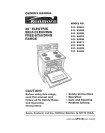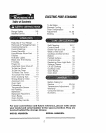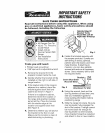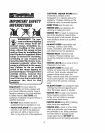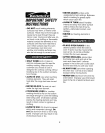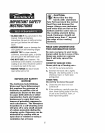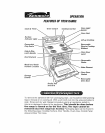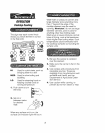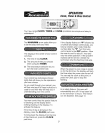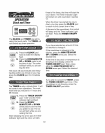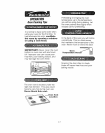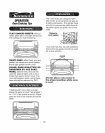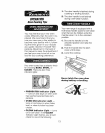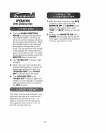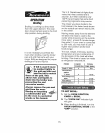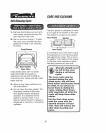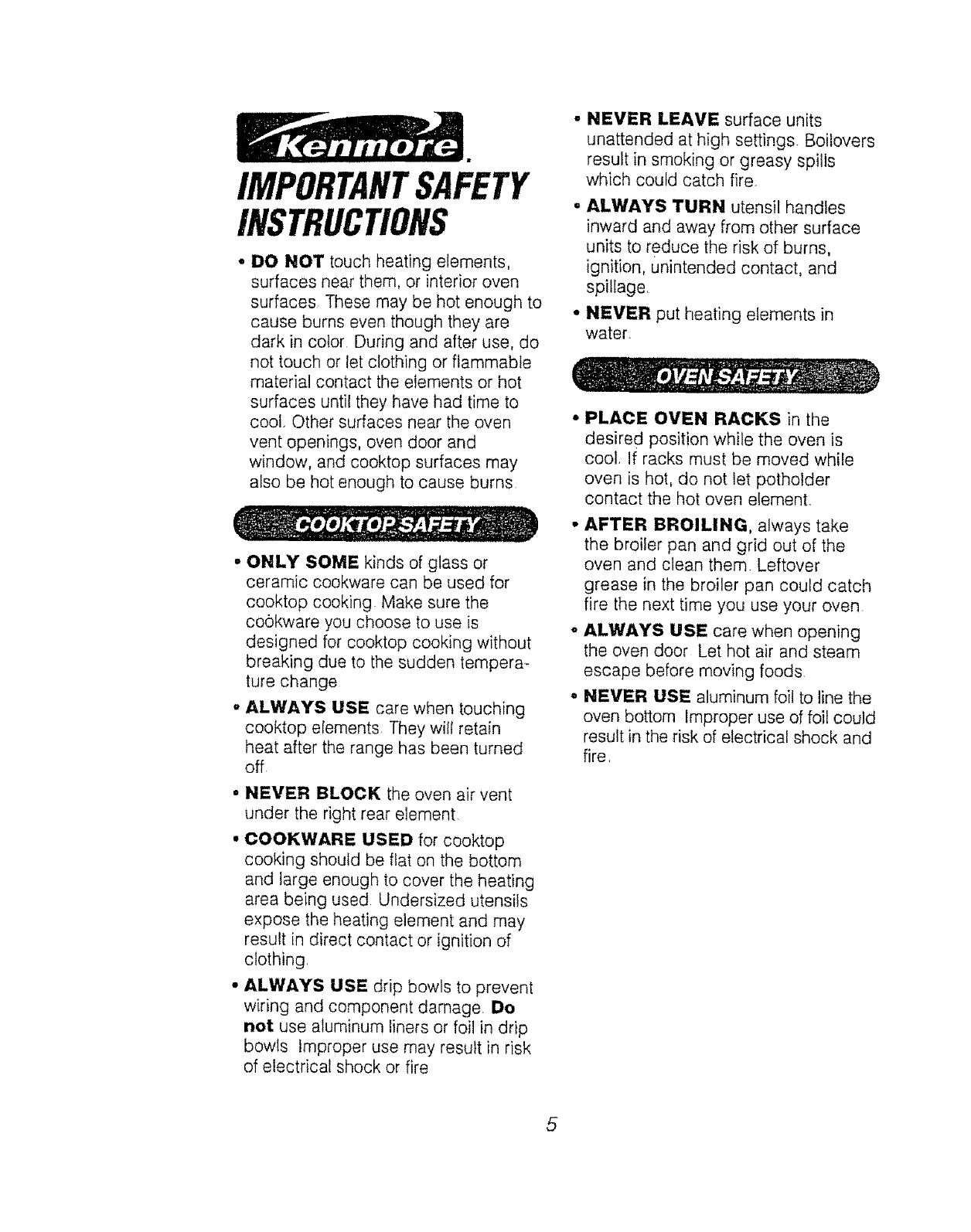
IMPORTANTSAFETY
INSTRUCTIONS
• DO NOT touch heating elements
surfaces near them or interior oven
surfaces These may be hot enough to
cause burns even though they are
dark in cotor During and after use do
not touch or let clothing or flammable
material contact the elements or hot
surfaces until they have had time to
cool Other surfaces near the oven
vent openings oven door and
window and cooktop surfaces may
also be hot enough to cause burns
. ONLY SOME kinds of glass or
ceramic cookware can be used for
cooktop cooking Make sure the
cookware you choose to use is
designed for cooktop cooking without
breaking due to the sudden tempera
ture change
. ALWAYS USE care when touching
cooktop elements They will retain
heat after the range has been turned
off
• NEVER BLOCK the oven air vent
under the right rear element
• COOKWARE USED for cooktop
cooking should be flat on the bottom
and large enough to cover the heating
area being used Undersized utensils
expose the heating element and may
result in direct contact or ignition of
clothing
• ALWAYS USE drip bowls to prevent
wiring and component damage Do
not use aluminum liners or foil in drip
bowls Improper use may result in risk
of electrical shock or fire
NEVER LEAVE surface units
unattended at high settings Boilovers
result in smoking or greasy spills
which could catch fire
- ALWAYS TURN utensil handles
inward and away from other surface
units to reduce the risk of burns
ignition Unintended contact and
spillage
• NEVER put heating elements in
water
PLACE OVEN RACKS in the
desired position while the oven is
cool If racks must be moved while
oven is hot do not let potholder
contact the hot oven element
• AFTER BROILING, always take
the broiler pan and grid out of the
oven and clean them Leftover
grease in the broiler pan could catch
fire the next time you use your oven
° ALWAYS USE care when opening
the oven door Let hot air and steam
escape before moving foods
° NEVER USE aluminum foil to line the
oven bottom Improper use of foi! could
result in the risk of electrical shock and
fire
5



